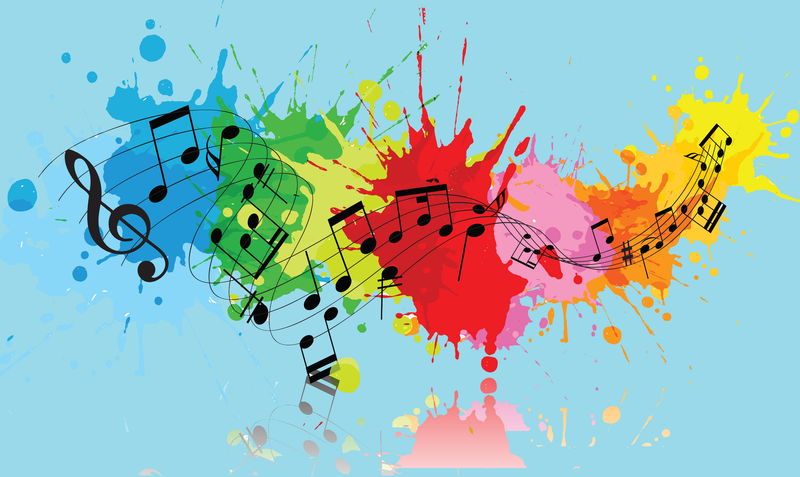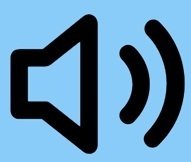Music at Anston Brook
National Curriculum
Music is a universal language that embodies one of the highest forms of creativity. A high quality music education should engage and inspire pupils to develop a love of music and their talent as musicians, and so increase their self-confidence, creativity and sense of achievement. As pupils progress, they should develop a critical engagement with music, allowing them to compose, and to listen with discrimination to the best in the musical canon.
Aims
The national curriculum for music aims to ensure that all pupils:
- perform, listen to, review and evaluate music across a range of historical periods, genres, styles and traditions, including the works of the great composers and musicians
- learn to sing and to use their voices, to create and compose music on their own and with others, have the opportunity to learn a musical instrument, use technology appropriately and have the opportunity to progress to the next level of musical excellence
- understand and explore how music is created, produced and communicated, including through the inter-related dimensions: pitch, duration, dynamics, tempo, timbre, texture, structure and appropriate musical notations.
Intent of Music
For children to have an awareness of the long-term learning goals in Music, understanding the ‘big picture’ in their learning.
To build knowledge, skills and vocabulary over time.
To be prepared for life, have the cultural capital to understand their place in the world and have ambitions to make an impact upon it now and in the future.
To be ambitious in learning, to take risks and learn from mistakes, rather than fear them and adopt a healthy growth mind-set in their approach to learning.
To constantly develop their reading and literacy skills in the music curriculum.
To engage in extra-curricular activities, enabling learners to discover new talents and interests.
“Music can name the unnameable and communicate the unknowable.” – Leonard Bernstein “Music is the tool to express life – and all that makes a difference.” – Herbie Hancock “Music gives a soul to the universe, wings to the mind, flight to the imagination, and life to everything.” – Plato

Implementation of Music
Road Map
Our Music road map illustrates to teachers, children and families what the learning milestones are in music, focusing on the three major musical skills of listening, performing and composing.
Big Picture
Music is an art form which impacts on society in more ways than most-
Teachers use musical examples from film, television, the current chart and history, encouraging children to critically engage with a wide variety of music.
Teachers model, through explanation, emotional responses to music and encourage children to discuss their emotions linked to types of music.
Listening, Performing, Composing
These three key musical skills are planned and taught sequentially so learners build their musical skills step by step.
Assessing Progress Using the Road Map
Teachers use the music road map to demonstrate and engage with prior and future learning. Teachers assess the extent to which children have achieved previous targets and then build on these throughout a sequence of lessons.
A Rich and Varied Musical Experience
Through music lessons, teachers take the opportunity to engage learners with a range of musical styles from different musical traditions, beyond their everyday experience.
A Future in Music
Teachers share with children examples of successful musicians practising the skills of listening, composing and performing, especially in ‘lesser known’ roles e.g. foley artists in the film industry.
Discrimination through listening
Discrimination of sounds is vital to verbal communication and reading. This skill is honed and developed by teachers who show children how to identify pitch, volume (dynamics), expression (in singing) timbre (quality of sound) and texture of music.
Clear communication through singing
Teachers model and explain the speech signals given through music of inflection, enunciation, and pitch and volume control, whilst considering the context of the singing.
Visual Decoding
In KS2 children are taught to read staff notation, decoding symbols in music to give meaning. Practicing this skill supports children to frame their reading and writing skills.
Verbalising Emotional Responses
Through listening, children are encourage to engage critically with music and verbalise their emotional response to sounds coherently. Studying music in this way encourages children to make inferences into music and interpret meaning.
First Access to Brass
All children in KS2 take part in instrumental lessons, learning to play either a cornet or baritone. Links are made with Rotherham Music Service and invitations made to join music groups through the service.
Small Group Music Tuition
One-to-one and small group music lessons are available in school in brass, woodwind, string and percussion.
Massed Performance Opportunities
Anston Brook Primary School engages with massed choir initiatives including One Voice and Young Voices, giving children the opportunity to perform in professional contexts with professional musicians.
Music Clubs
Choir clubs are run in school, available to those with a specific interest in singing.












